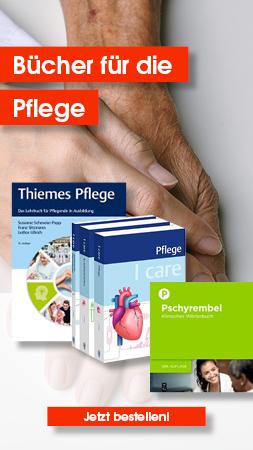Buch, Englisch, 512 Seiten, Format (B × H): 183 mm x 260 mm, Gewicht: 1148 g
Buch, Englisch, 512 Seiten, Format (B × H): 183 mm x 260 mm, Gewicht: 1148 g
Reihe: Rehabilitation Science in Practice Series
ISBN: 978-1-4987-7411-6
Verlag: CRC Press
Assistive Technology Assessment Handbook, Second Edition, proposes an international ideal model for the assistive technology assessment process, outlining how this model can be applied in practice to re-conceptualize the phases of an assistive technology delivery system according to the biopsychosocial model of disability. The model provides reference guidelines for evidence-based practice, guiding both public and private centers that wish to compare, evaluate, and improve their ability to match a person with the correct technology model. This second edition also offers a contribution to the Global Cooperation on Assistive Technology (GATE) initiative, whose activities are strongly focused on the assistive products service delivery model. Organized into three parts, the handbook: gives readers a toolkit for performing assessments; describes the roles of the assessment team members, among them the new profession of psychotechnologist; and reviews technologies for rehabilitation and independent living, including brain–computer interfaces, exoskeletons, and technologies for music therapy. Edited by Stefano Federici and Marcia J. Scherer, this cross-cultural handbook includes contributions from leading experts across five continents, offering a framework for future practice and research.
Autoren/Hrsg.
Fachgebiete
- Medizin | Veterinärmedizin Medizin | Public Health | Pharmazie | Zahnmedizin Medizin, Gesundheitswesen Medizintechnik, Biomedizintechnik, Medizinische Werkstoffe
- Medizin | Veterinärmedizin Medizin | Public Health | Pharmazie | Zahnmedizin Pflege Krankenpflege
- Medizin | Veterinärmedizin Medizin | Public Health | Pharmazie | Zahnmedizin Physiotherapie, Physikalische Therapie
- Technische Wissenschaften Sonstige Technologien | Angewandte Technik Medizintechnik, Biomedizintechnik
Weitere Infos & Material
Foreward; Preface to First Edition; Preface to Second Edition; Acknowledgements; Editors; Contributors; Section I The Assistive Technology Assessment Process Model and Basic Definitions; Chapter One: Assessing Individual Functioning and Disability; Chapter Two: Measuring Individual Functioning; Chapter Three: Measuring the Assistive Technology MATCH; Chapter Four: Assessment of the Environments of AT Use: Accessibility, Universal Design, and Sustainability; Chapter Five: Measuring the Impact of Assistive Technology on Family Caregivers; Section II Assessment Professionals: Working on the Multidisciplinary Team; Chapter Six: Assessment of Assistive Technology for Individuals with Cognitive Impairments; Chapter Seven: The Special Educator; Chapter Eight: The Psychologist; Chapter Nine: The Psychotechnologist: A New Profession in the Assistive Technology Assessment; Chapter Ten: The Occupational Therapist: Enabling Activities and Participation Using Assistive Technology; Chapter Eleven: Pediatric Specialists in Assistive Solutions; Chapter Twelve: The Geriatrician; Chapter Thirteen: Role of Speech–Language Pathologists in Assistive Technology Assessments; Section III Assistive Technology Devices; Chapter Fourteen: The Systemic User Experience Assessment; Chapter Fifteen: Gesture, Signing, and Tracking; Chapter Sixteen: Using Brain–Computer Interfaces for Motor Rehabilitation; Chapter Seventeen: Graphic User Interfaces for Communication; Chapter Eighteen: Exoskeleton: The New Horizon of Robotic Assistance for Human Gait; Chapter Nineteen: Assistive Technologies for Children with Autism Spectrum Disorder; Chapter Twenty: Technology Developments in Music Therapy; Index






